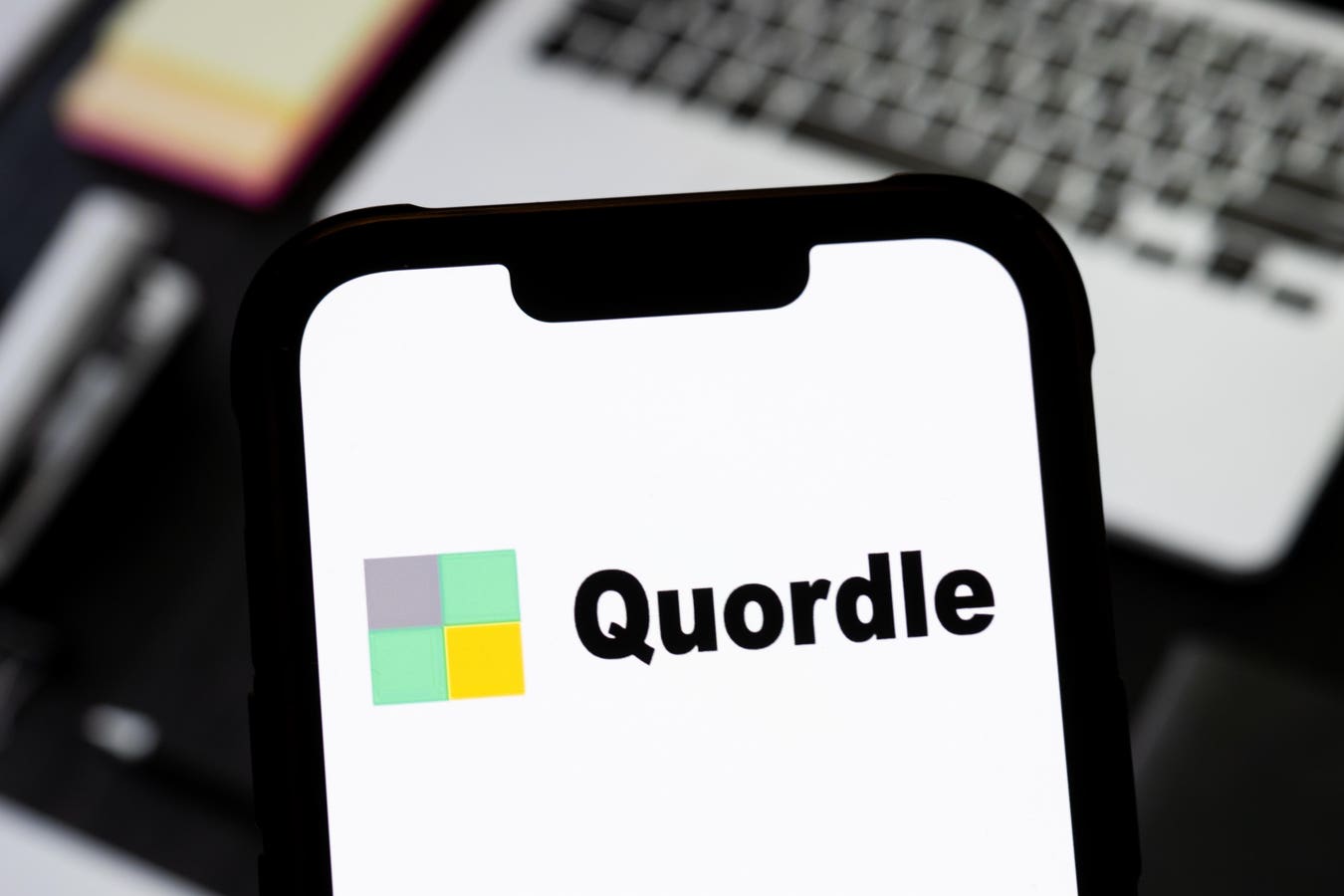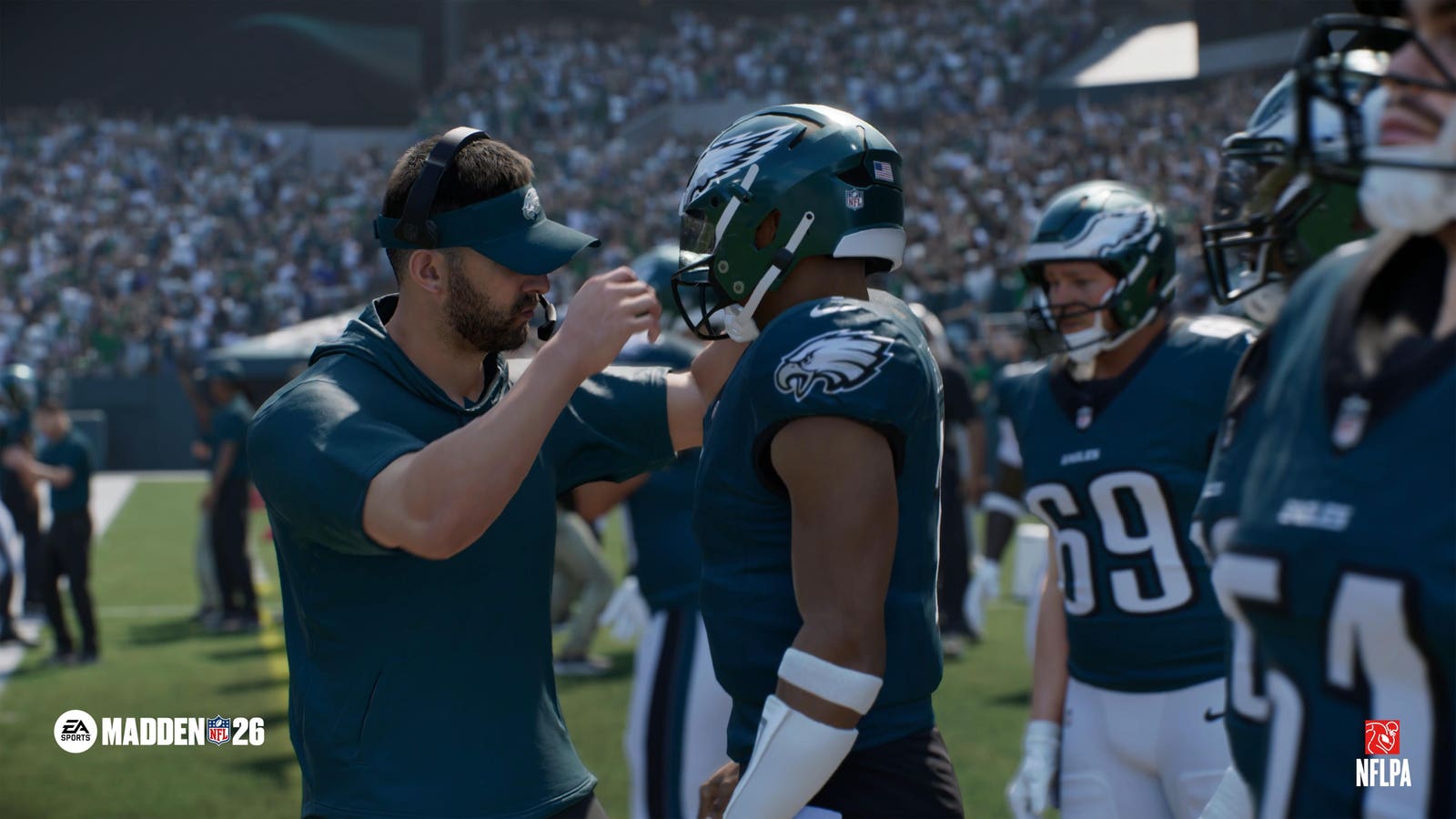The Fantastic Four: First Steps is shot for IMAX, with 1.43:1 sequences if you’re lucky enough to be … More
Directed by Matt Shakman, who worked on the stylish and fun WandaVision TV show, The Fantastic Four: First Steps is the latest entry in the Marvel Cinematic Universe. We’ve known for some time via the website of its cinematographer, Jess Hall, that the film was shot in a variety of formats, with the usual suspects such as the digital Arri Alexa LF, and Arri Alexa Mini LF, along with some segments shot in 35mm and even 16mm film, used to reflect the 1960s aesthetic.
IMAX It Up
The movie introduces the latest big Marvel baddie in the form of Galactus — a being that can appear larger than a planet or any size he wishes. Shakman said that he spent time thinking about how to make best use of the IMAX format, so it’s no surprise then that this movie has sequences that make full use of the IMAX ratio, specifically 1.43:1. As no film print is being struck for The Fantastic Four: First Steps, only theatres equipped with a combination of an IMAX 1.43:1 screen and a dual-laser GT projector can show this.
This makes it the second Marvel movie to feature 1.43:1, following Eternals, which used it for a single scene, and early viewers suggest that the 1.43:1 scenes appear over approximately six minutes of its 1hr 55m runtime. While that might not sound like much, that’s not necessarily a bad thing, as the format should be used for appropriate impact. However, if you have to travel a long distance to get to an IMAX GT digital screen, it might impact your decision. For example, in the UK, the Vue Printworks in Manchester is the only screen in the country that will be offering The Fantastic Four: First Steps in IMAX 3D 1.43:1.
Some of those screens will be showing it in 3D as well – making it only the second film ever to have 1.43:1 and 3D. (While Star Trek Into Darkness has certain scenes filmed on IMAX film, which has a native 1.43:1 aspect ratio, that film had all the footage cropped to 1.66:1 in 3D to allow for a more consistent look.)
For all other IMAX locations, the film will be shown in the IMAX 1.90:1 ratio, giving more picture information than the standard 2.39:1 ratio. Some of these locations are offering IMAX 3D showings, and, as long as your chosen theater has a laser projector, and, having recently seen Superman in IMAX 3D, I can confidently claim that it should make for a great experience.
IMAX sound also deserves a mention and always delivers in terms of raw power and clarity.
If you’re looking to find out what format your local IMAX screen you can check this excellent guide, though as it stands, it does not include screens that use the older Xenon lamps.
HDR by Barco
While designed for IMAX, screens fitted with the brand new HDR by Barco projector will deliver the best experience in terms of image quality. While the image will stay in 2.39:1 ‘scope’ aspect ratio, its high brightness capability (that can reach up to 300 nits), and its ability to offer a truly high dynamic range experience (using Light Steering tech), combined with Dolby Atmos 3D surround sound, is an enticing mix. In the USA, there are seven HDR by Barco screens, and as of writing, there are now two in the UK, the Cineworld Superscreen in Leicester Square and the new Vue EPIC in Nottingham.
However, with only a handful of theatres worldwide at the moment, if image quality is a priority, then seek out a Dolby Cinema. With dual laser and high brightness, its extended dynamic range is a significant step above regular theatre image quality, and naturally, it has Dolby Atmos to accompany it. I recently enjoyed Jurassic World Rebirth 3D in the delightfully classy Cinema in the Power Station Dolby Cinema in Battersea, London, and it was a first-rate experience.
Premium Large Format
You might be wondering what the other formats are that many cinema chains offer, such as Prime at AMC, Regal RPX, Cineplex UltraAVX, and Cinemark XD. These are similar to HDR by Barco and Dolby, in that they offer 4K laser projection, an extra-large screen, Dolby Atmos and premium seating. The main difference is that the projector is not HDR capable, but that aside, it’s normally very good. In the UK, these are known as Cineworld Superscreen, Odeon iSense, or OmniplexMAXX.
3D-Tastic
If you love stereoscopic imagery and can’t get to an IMAX 3D showing, then there are two alternatives for The Fantastic Four: First Steps. You can choose a regular 3D showing, but unless you know the auditorium in question has a laser projector, it’s a risk, as standard lamps will make for a dim viewing experience, especially if it’s old. You might have more fun anyway if you go for 4DX 3D, which, along with the 3D specs, will involve your whole body thanks to the moving seats, thumbs in your back, blasts of air and water and flashes of light. When Galactus turns up, I’m sure you’ll know all about it.
ScreenX and ICE theatres offers images down the side of the screen, and accompanying lights respectively, but they aren’t my favorite – and unless it’s a driving movie, it’s something of a gimmick.
Finally, you can choose to watch The Fantastic Four: First Steps in something called ‘2D’. Galactus will not be impressed.









